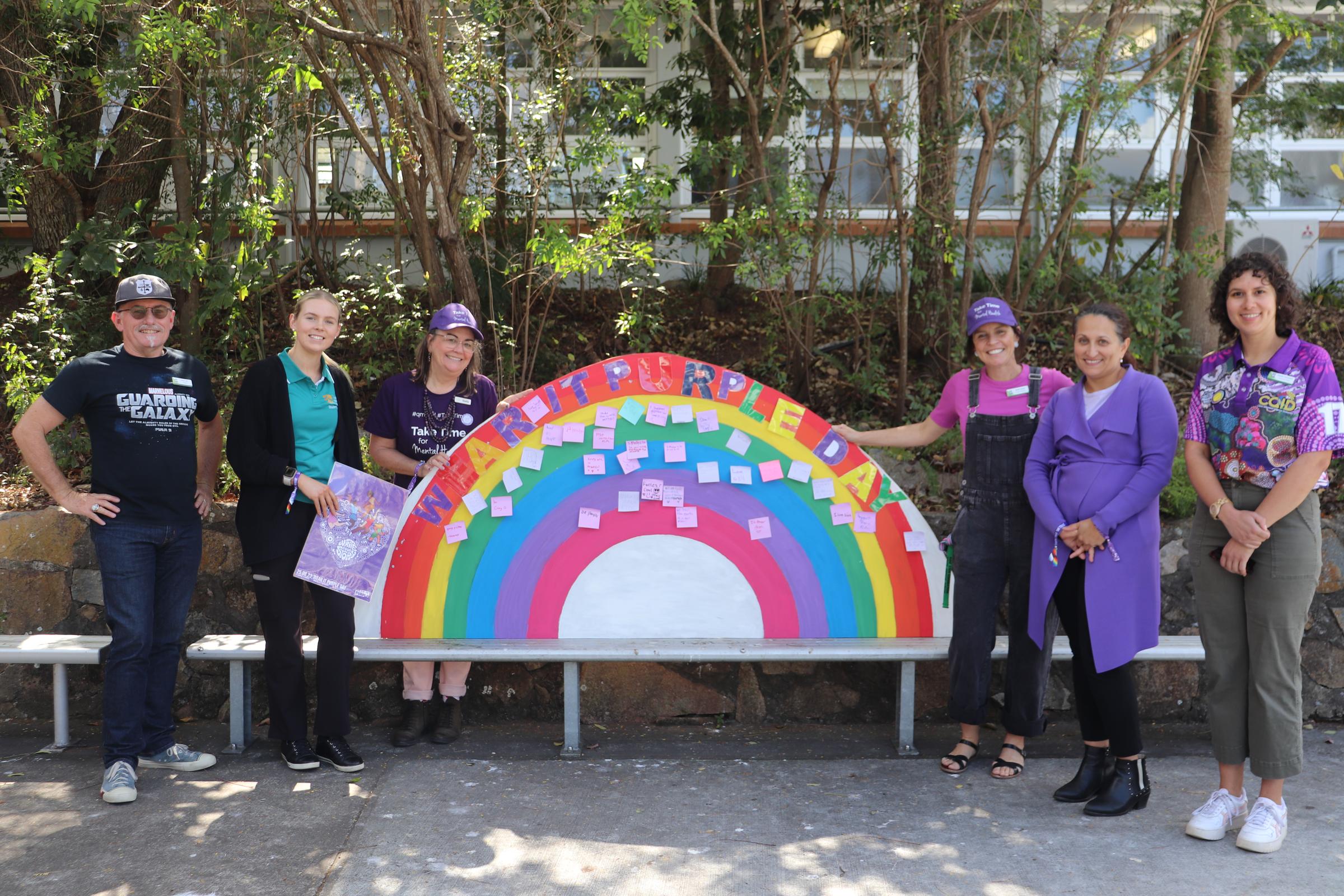Guidance Officer
Carla Sampaio - Guidance Officer Year 8 and 11

Guidance Officer
Carla Sampaio - Guidance Officer Year 8 and 11
From The Guidance Team
.
Children and young people with good social and problem-solving skills are more equipped for life. In fact, intelligence alone is not enough and it is these skills that lead people to be successful in life. Those who have learnt these skills when in adolescence are comfortable in new situations. They are friendly to others and join in activities. They cooperate and compromise. They trust others and others develop trust in them. They handle conflicts well and respect differences of others. They apologize when they are wrong, but will assert themselves when they believe they are right. They are clear in their thinking and non-threatened nor threatening. They are liked. For children and young people with poor resilience and/ or at risk of depression, often these skills are lacking.
When children are young they depend on parents and carers to help them solve problems, but as they grow they will need to learn skills to handle the problems they face. Seligman in his book `The Optimistic Child’ provides 5 steps your child needs to follow, in order to solve problems effectively.
As your child sets a goal, they should list as many ways as possible to reach it.
Notice that all these steps are about you, the parent or carer, training your child in the art of problem solving. It is not about you finding their solutions nor is it about you rescuing them. Our aim as parents and carers is to have well adjusted, social, and happy children and young people who are equipped to handle life in all its forms.
Adapted from Seligman, M – The Optimistic Child